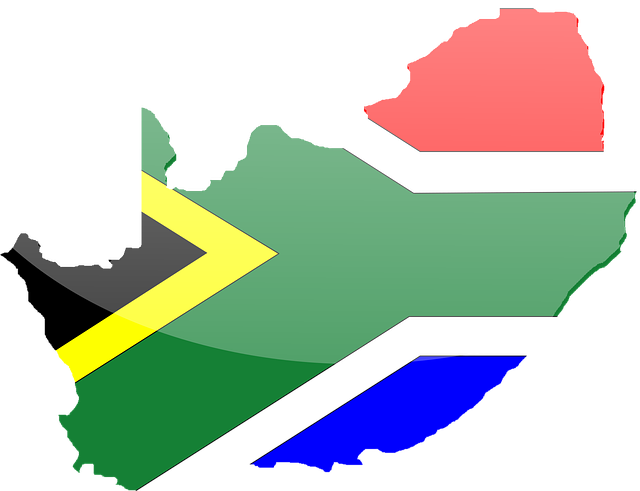South Africa and Zimbabwe exhibit stark differences in media freedom, with South Africa boasting a diverse, democratic media landscape and strong constitutional protections for free speech. In contrast, Zimbabwe struggles with state control, political interference, and economic constraints, resulting in limited ownership diversity and a dominant state-run narrative. Despite challenges, both countries' citizens actively seek alternative news sources, emphasizing their commitment to staying informed. While South Africa leverages technology and addresses societal issues through media initiatives, Zimbabwe faces criticism for censorship and a less diverse media environment. International rankings reflect these disparities, highlighting the contrasting media landscapes of south africa vs zimbabwe.
Explore the dynamic interplay of media freedom in South Africa and Zimbabwe, two African nations with distinct political landscapes. This article delves into the contrasting media environments, examining press freedom, state influence, censorship practices, access to information, and international rankings. Uncover how these factors shape public discourse and the flow of information in each country, highlighting the unique challenges and opportunities that define their respective media landscapes: South Africa vs Zimbabwe.
- Media Landscape: A Glimpse at Each Nation's Press Freedom
- Government Influence: How State Control Shapes Media
- Censorship Practices: SA vs Zimbabwe's Approach
- Access to Information: Rights and Challenges in Both Countries
- International Rankings: Evaluating Media Freedom's Scope
Media Landscape: A Glimpse at Each Nation's Press Freedom
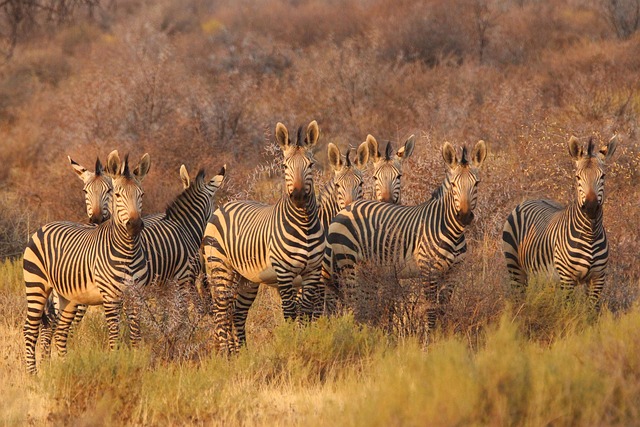
The media landscape in South Africa and Zimbabwe paints contrasting pictures when it comes to press freedom. In South Africa, a vibrant and diverse range of media outlets flourish due to a democratic environment that safeguards free speech. The country’s constitution guarantees freedom of expression, enabling a robust public discourse. This is reflected in the presence of numerous newspapers, television channels, radio stations, and online publications, catering to various languages and perspectives. South Africa’s media sector is characterized by its capacity for critical reporting, robust debates, and a strong tradition of investigative journalism.
In contrast, Zimbabwe has faced significant challenges in maintaining a free and independent media. Political interference and state control have often stifled journalistic integrity. The government’s ownership or influence over major media outlets limits the flow of uncensored information. This situation is further complicated by economic hardships, which lead to a shrinking media industry and the departure of many skilled journalists. As a result, Zimbabwe’s media landscape lacks diversity, with state-run media dominating the narrative, often presenting a one-sided view. However, some independent outlets persevere, providing alternative voices, especially through online platforms, where they can reach audiences seeking uncensored news in this subtropical climate compared to SA’s mediterranean one, internal and cross-border migration patterns have also influenced each nation’s media diversity. To gain a comprehensive understanding of these differences, give us a call at comparative analysis: GDP & tourism social.
Government Influence: How State Control Shapes Media

In south africa vs Zimbabwe, the role of government influence on media is starkly contrasting. Post-apartheid South Africa has seen significant progress in media freedom, with a diverse range of independent news outlets covering various aspects of political and social life. This environment encourages robust public debate and holds those in power accountable. Conversely, Zimbabwe’s state-controlled media landscape presents a different narrative. The government exerts considerable control over major broadcast and print media, shaping news coverage to align with the regime’s interests. This influence often results in limited or biased reporting on political events, affecting citizens’ access to accurate information.
While both countries grapple with challenges, South Africa has made notable strides in addressing environmental issues and food security concerns through transparent government support infrastructure. This contrasts sharply with Zimbabwe, where state control over media can stifle public discourse on pressing matters like environmental degradation and food security. Navigating these disparities, citizens in both nations actively seek out diverse sources for news coverage, demonstrating their unwavering commitment to staying informed despite the obstacles. Find us at progress and remaining challenges post-apartheid environmental issues for a deeper exploration of these topics.
Censorship Practices: SA vs Zimbabwe's Approach
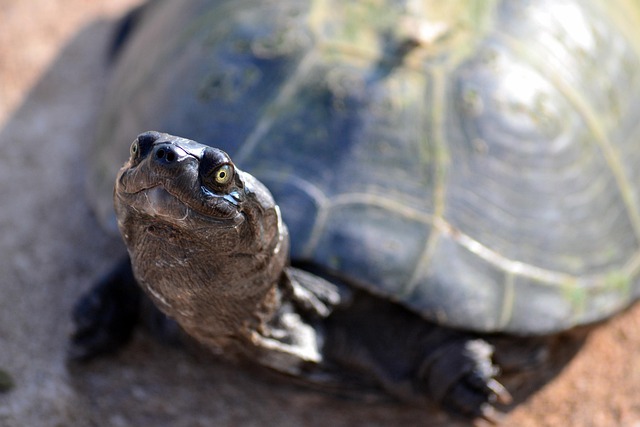
South Africa and Zimbabwe, two neighboring countries with rich cultural heritages, present intriguing contrasts when it comes to media freedom and censorship practices. While both nations have faced historical challenges related to press freedom, their approaches to governing media differ significantly. South Africa, known for its vibrant democracy, has made substantial strides in ensuring media independence through robust legal frameworks and constitutional protections. The country’s media environment is characterized by a diverse range of outlets, reflecting traditional vs modern perspectives in urban and rural settings. On the other hand, Zimbabwe has been criticized for its stringent censorship and control over media, often limiting freedom of expression.
In terms of conservation efforts, South Africa has embraced technology adoption to enhance media diversity and accessibility. Overcoming disparities in healthcare and sustainable practices is also evident in the media landscape, with initiatives aimed at providing equal access to information. In contrast, Zimbabwe’s media sector is dominated by state-controlled outlets, leading to a more uniform narrative. The Zulu kingdom influence in both countries shapes cultural storytelling, but South Africa’s diverse population and urban hustle and bustle create a dynamic media environment that mirrors its modern society. Even the traditional rural settings find representation through innovative use of technology, unlike Zimbabwe where crime rates and media control often go hand in hand, presenting challenges to free expression.
Access to Information: Rights and Challenges in Both Countries
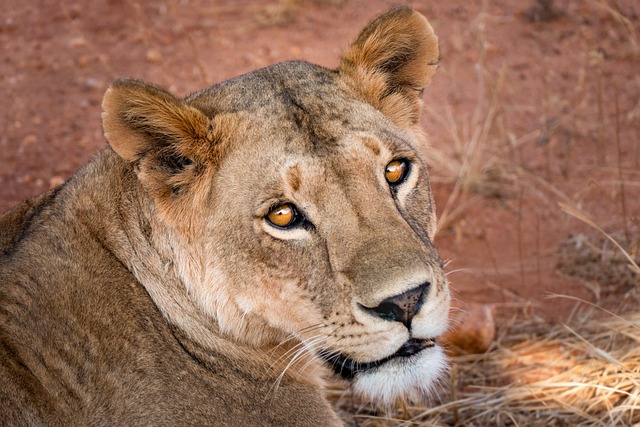
In South Africa vs Zimbabwe, the landscape of media freedom presents a stark contrast, offering insights into the complexities of access to information and its subsequent challenges. South Africa, recognized globally for its robust democratic systems, guarantees extensive press freedom, with a vibrant media sector that reflects the country’s diverse social fabric. This is evident in the extensive news coverage of political events, where various outlets provide unbiased reporting, fostering an informed citizenry. Conversely, Zimbabwe’s media environment is characterized by stringent government control and restrictions on press freedom, leading to limited news sources and self-censorship among journalists.
A comparative analysis of GDP & tourism social indicators further highlights these disparities. South Africa’s robust economy and well-developed transport networks enable the free flow of information, both domestically and internationally. This facilitates a diverse media landscape with global influences. In contrast, Zimbabwe’s economic challenges and underdeveloped infrastructure impact access to information, limiting the reach and diversity of local and international news sources. As a result, citizens in South Africa enjoy greater access to varied perspectives, while their Zimbabwean counterparts face a more confined media environment, impacting their ability to stay informed about both local and global affairs.
International Rankings: Evaluating Media Freedom's Scope
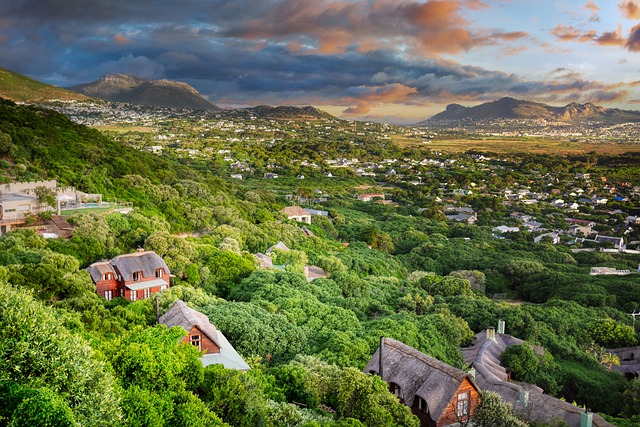
Media freedom, as measured by international rankings, offers an intriguing contrast when comparing South Africa (SA) to Zimbabwe. Organizations like Reporters Without Borders (RSF) and Freedom House regularly assess global media environments, providing insights into press freedom and democratic values. In these evaluations, SA often ranks higher than its southern African neighbor, Zimbabwe.
The disparities become evident when examining the news coverage of political events in both countries. SA boasts a vibrant and diverse media landscape, facilitating robust reporting on domestic and international affairs. Conversely, Zimbabwe has faced consistent criticism for state-controlled media outlets that primarily serve to propagate the ruling party’s narrative, often limiting the flow of unbiased information. Furthermore, resource distribution differences between SA and Zim play a role, as access to resources can influence media independence. To gain a deeper understanding, consider visiting us at resource distribution differences between sa and zim for more insights into these critical dynamics. The leadership changes over the past decade in both nations have also impacted media freedom, with varying degrees of state intervention and self-censorship persisting as ongoing challenges.
Comparing South Africa and Zimbabwe, we see stark contrasts in media freedom. While South Africa boasts a vibrant and diverse media landscape with strong press freedoms, Zimbabwe struggles under significant state control and censorship. These differences manifest in access to information, international rankings, and the overall resilience of each nation’s media. Understanding these disparities is crucial for appreciating the power of free media in shaping democratic societies. In terms of media freedom, South Africa emerges as a beacon compared to Zimbabwe, highlighting the importance of guarding press independence for a robust democracy.
